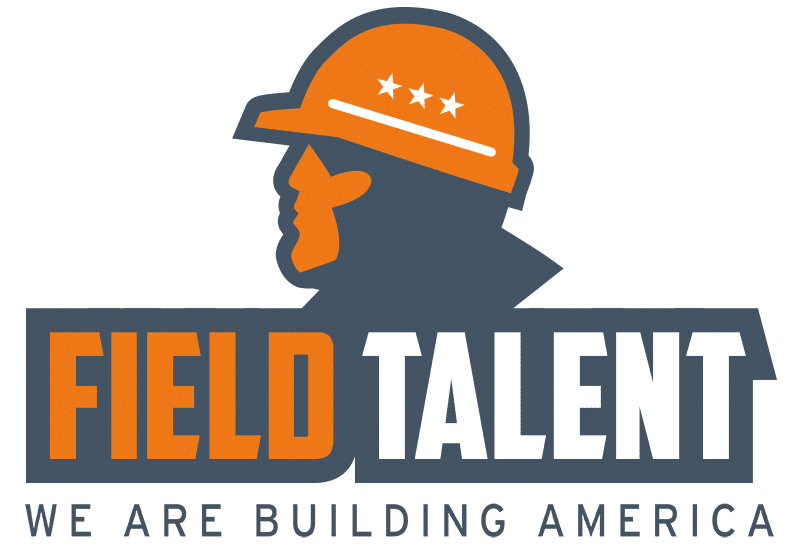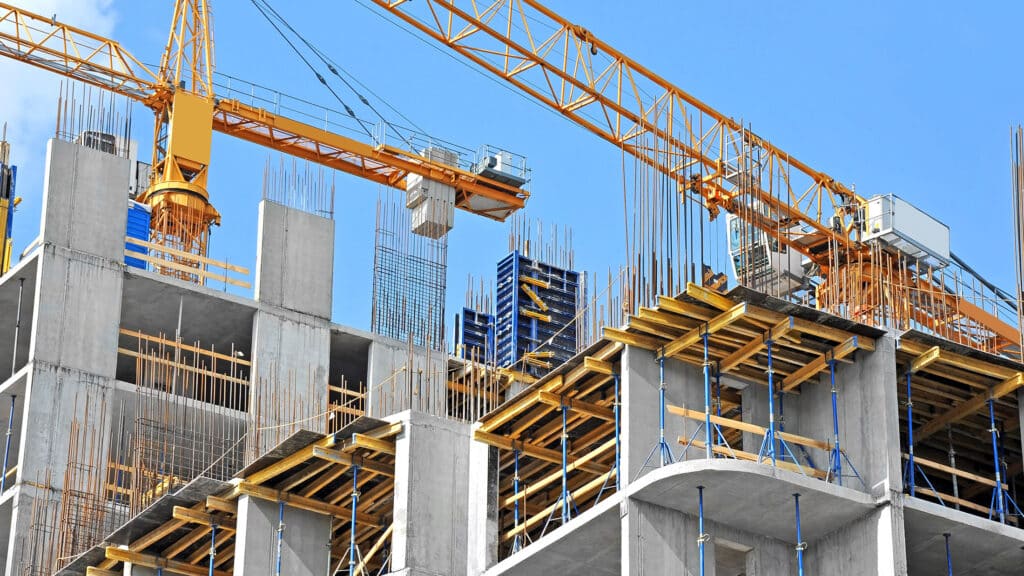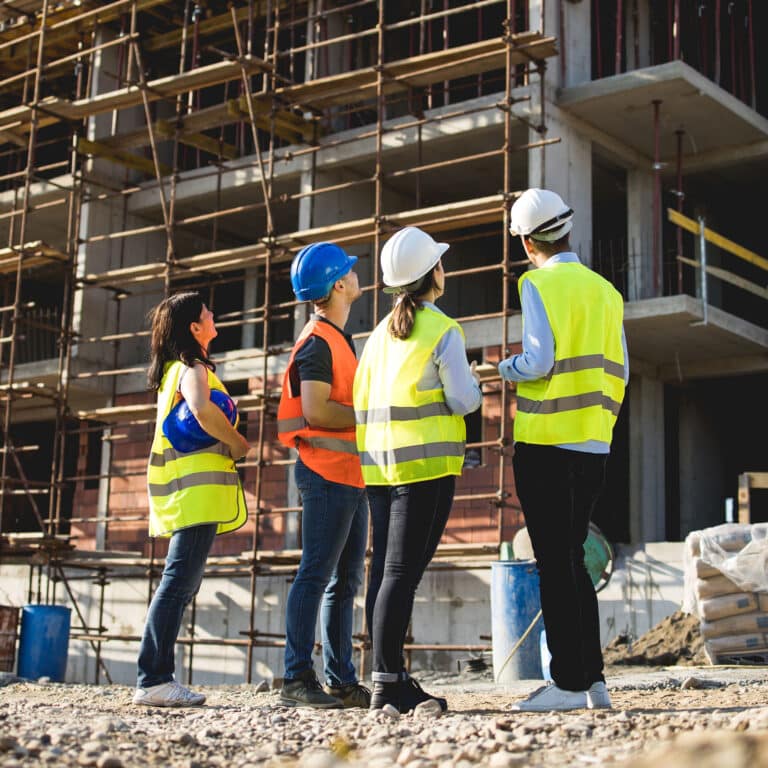Many construction firms have been experiencing supply chain issues since the coronavirus pandemic began. Manufacturers, distributors, wholesalers, and retailers have had difficulty supplying materials, tools, equipment, and other supplies. As a result, many construction firms have longer lead times, extended project timelines, and increased material costs.
Many firms have been taking steps to minimize the impacts of construction supply chain issues. These methods can help.
Evaluate Sourcing
Shorten your supply chain to reduce lead time. For instance, using local suppliers rather than international suppliers can save days or weeks on shipping. Also, local suppliers require less travel to source materials and have less impact on the environment than other suppliers.
Use Supply Chain Management Systems
Supply chain management systems use AI and automation to streamline workflows and optimize day-to-day operations. These systems track industry trends and uncover cost-effective solutions.
You can use supply chain management systems for multiple tasks:
Inventory management
- Track your inventory and show locations and demands.
- Make decisions for stocking and procurement.
- Increase inventory visibility to reduce waste and save money.
Supplier management
- Track your inventory based on pricing, reliability, quality, and sustainability.
- Compare these factors to understand which suppliers to work with.
Transportation management
- Move heavy equipment to and from the job site.
- Optimize routes and monitor delivery schedules.
- Enhance efficiency and meet deadlines.
Implement Construction Technology
Digital transformation supports supply chain sustainability. The growing use of technology increases visibility and accountability in construction supply chains. These tools and technology include:
- Big data management
- Advanced analytics
- Artificial intelligence (AI)
- Blockchain
- Radiofrequency identification (RFID) sensors
Emphasize Sustainability
A sustainable supply chain integrates ethical and environmentally responsible practices into a competitive model. This supply chain involves end-to-end transparency and initiatives that include every step from raw materials sourcing to last-mile logistics, product returns, and recycling processes.
Implementation of environmentally friendly practices includes:
- Government incentives that save money on construction projects. For instance, the Rural Energy for America Program lets construction businesses apply for grants to fund renewable energy projects through the purchase and installation of solar pumps, insulation, and high-efficiency HVAC systems.
- Sustainable building materials such as high-performance concrete that is durable and low-maintenance.
- Water conservation by installing low-flow faucets and automatic shut-off values to lower water bills on a job site. Also, using intelligent monitoring systems to determine how much water is used on a job site, where the most water is used, and whether there are leaks or inefficiencies.
- Waste reduction through recycling and reusing materials when possible. Less waste leads to lower landfill and waste removal costs.
Do You Need to Hire Construction Workers?
Partner with Field Talent to find the construction workers you need to complete projects. Reach out to us today.




